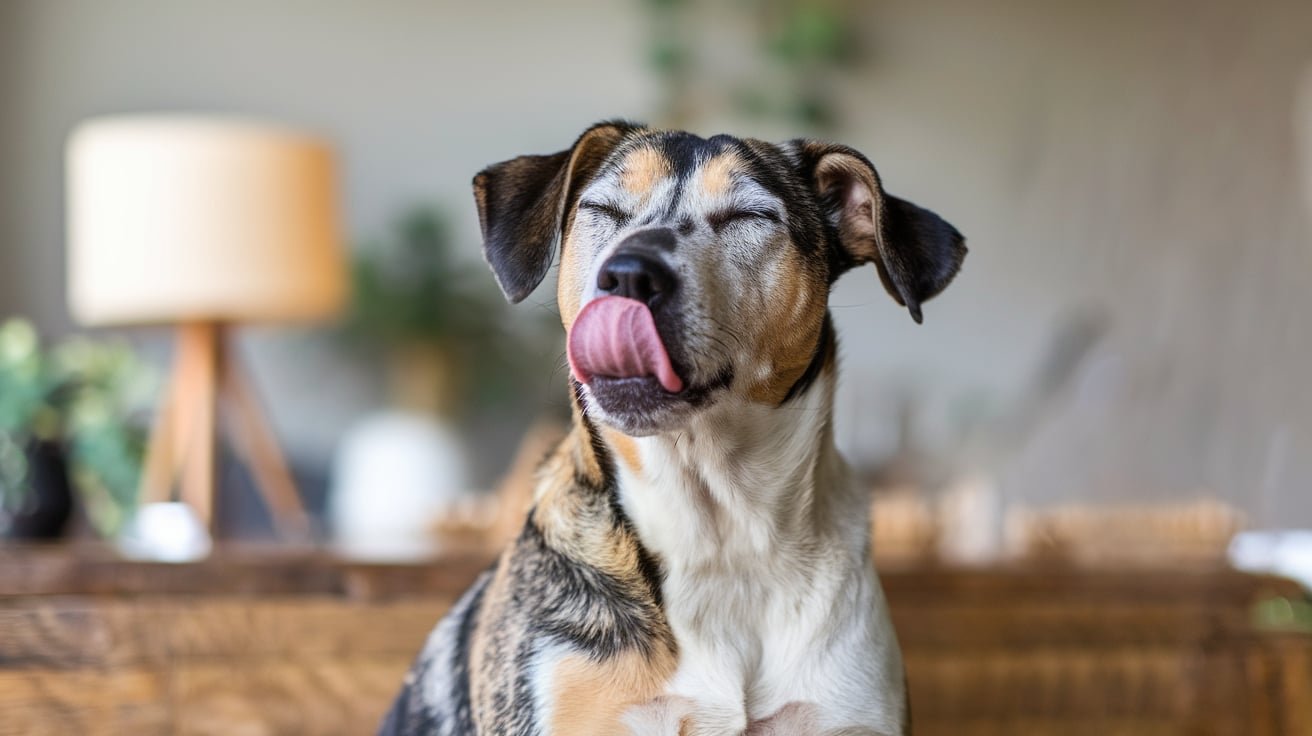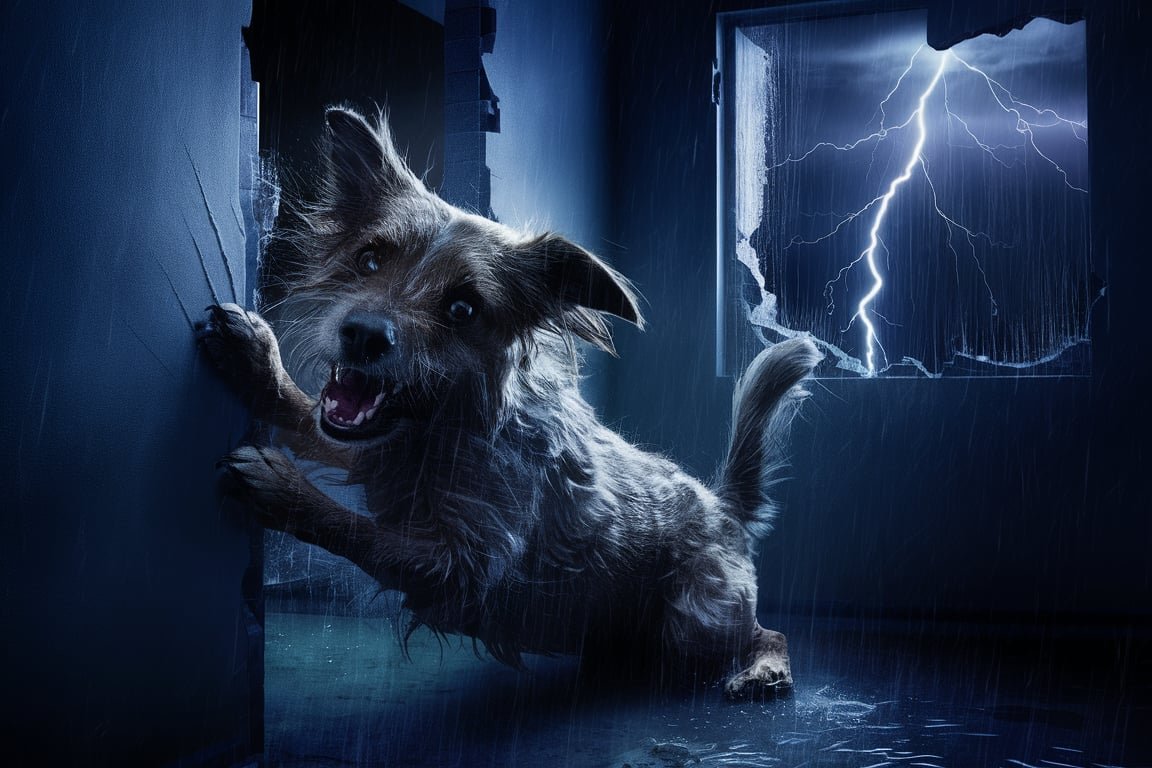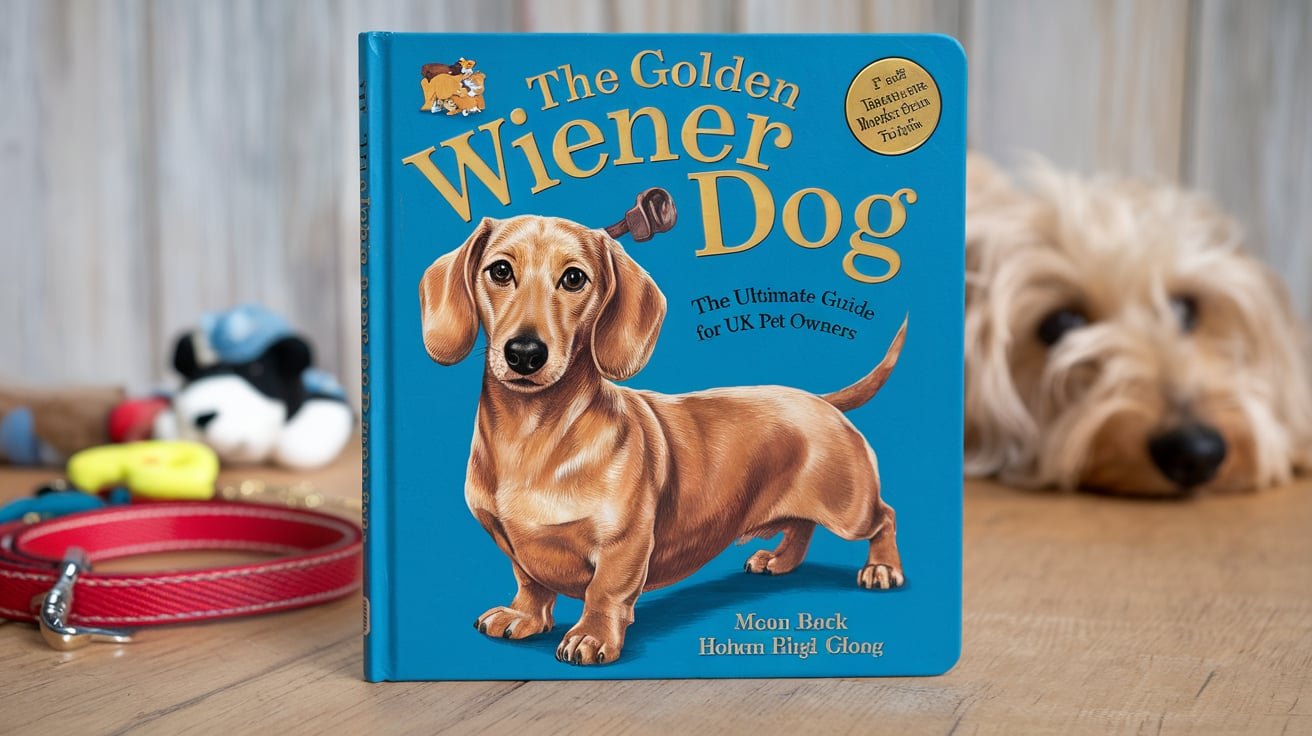How to Draw Dogs Painting: A Step-by-Step Guide
Drawing and painting a dog might seem challenging at first, but with the right approach, anyone can create a beautiful piece of art. Whether you’re a beginner or an experienced artist, learning how to draw dogs painting is not only fun but also rewarding. This guide will take you through each step, helping you create a dog painting that you’ll be proud to show off.
Why Drawing Dogs Can Be So Rewarding
Dogs have always been considered man’s best friend, and their unique personalities and expressions make them wonderful subjects for art. I remember the first time I attempted to draw my dog, Buddy. I was nervous and unsure, but as I sketched his floppy ears and wagging tail, I felt a deep connection to him. That painting now hangs proudly in my living room, a constant reminder of our bond. If you’ve ever felt that same connection with a dog, you’ll find joy in capturing their likeness on canvas.
Materials You’ll Need
Before you start, gather the necessary materials. You don’t need to break the bank to get started, but having the right tools will make a big difference:
- Drawing pencils (HB, 2B, 4B)
- Eraser (preferably a kneaded eraser)
- Sketch paper
- Canvas or watercolor paper (for the painting)
- Paints (acrylic or watercolor work well for beginners)
- Brushes (a variety of sizes, including fine detail brushes)
- Palette (to mix your colors)
- Reference photo of the dog you want to draw
Investing in quality materials will enhance your experience, so consider purchasing from reputable brands. Here is a list of recommended art supplies that won’t disappoint.
Step 1: Choose a Reference Photo
Start by selecting a good reference photo of the dog you want to draw. A clear image with good lighting will help you see the details better. If you’re drawing your own dog, take a picture that highlights their best features. For example, a close-up shot of their face or a full-body pose showing off their unique markings. Using a reference ensures that your drawing will be more accurate and lifelike.
Step 2: Sketch the Basic Shapes
Begin by lightly sketching the basic shapes that form the dog’s body. Think of it as a rough draft. For the head, draw a circle; for the body, use an oval shape. Connect these with simple lines for the neck and spine. Add smaller circles for the joints, and outline the legs and tail. This foundation will guide you as you add more detail. Don’t worry about perfection at this stage just get the basic shapes down.
Step 3: Add Details to the Face
The face is the most expressive part of a dog, so take your time here. Start by refining the shape of the head, adding the ears, eyes, nose, and mouth. Pay attention to the direction of the dog’s gaze, as this can add a lot of character to your drawing. If the dog has floppy ears, draw them hanging down; if they’re perky, make sure they stand up. Use soft, gentle strokes to add fur texture around the eyes and muzzle. This guide offers more tips on capturing a dog’s facial expressions.
Step 4: Outline the Body and Limbs
Once the face is detailed, move on to the body. Follow the basic shapes you sketched earlier, refining them to look more like a dog’s actual form. Outline the legs, paying close attention to the joints and paws. Remember that dogs have different fur lengths, so adjust your strokes accordingly. For example, a Golden Retriever will have longer, flowing fur, while a Beagle will have short, smooth fur.
Step 5: Add Fur Texture
Adding fur texture can bring your dog to life. Use short, quick strokes to mimic the direction of the fur. Start with lighter strokes and gradually build up to darker ones, especially in areas where the fur is denser, like around the neck and back. If your dog has patches of different colors, be mindful of where these transitions happen.
Step 6: Paint the Dog
Now that your sketch is complete, it’s time to bring it to life with paint. If you’re using watercolors, start with a light wash of the dog’s base color. Acrylics can be layered, so begin with the mid-tones and gradually add highlights and shadows. Use a fine brush for details like the eyes, nose, and fur texture. Don’t be afraid to experiment with colors sometimes, adding a bit of blue or purple to the shadows can create a more vibrant and dynamic painting.
Step 7: Add the Background
A well-chosen background can enhance your dog painting. You might opt for a simple wash of color or a detailed scene like a park or living room. If you’re unsure, consider keeping the background neutral so the dog remains the focal point.
Step 8: Final Touches
Before you finish, take a step back and look at your painting from a distance. This will help you spot any areas that need more detail or adjustment. Make sure the eyes are bright and full of life, as they are often the focal point of the painting. Add any final highlights or shadows, and don’t forget to sign your work!

Tips for Success
- Practice regularly: Like any skill, drawing improves with practice. Don’t be discouraged if your first few attempts aren’t perfect.
- Study different dog breeds: Understanding the anatomy and characteristics of different breeds can help you draw more accurately.
- Use online resources: There are plenty of tutorials available online that can provide additional guidance.
Why You Should Invest in Quality Art Supplies
Quality art supplies can make a huge difference in your results. Investing in good paints, brushes, and paper will not only make the process more enjoyable but also improve the longevity of your artwork. Consider this when purchasing your supplies you’ll be glad you did.
Anecdote: My First Dog Painting
When I first started painting dogs, I was nervous about capturing their unique expressions and personalities. I remember spending hours on my first painting, trying to get the eyes just right. It wasn’t perfect, but the joy I felt when I finally finished was incredible. That painting still hangs in my studio as a reminder of how far I’ve come.
Conclusion
Drawing and painting dogs is a rewarding hobby that can lead to beautiful, personal pieces of art. Whether you’re capturing the likeness of your pet or creating a portrait of a beloved dog for a friend, the joy of seeing that dog’s personality come to life on canvas is unmatched. With practice and the right approach, anyone can learn how to draw dogs painting and create paintings that are full of character and life.
So, pick up your pencils and brushes, and get started on your next masterpiece today!
How to make a dog in paint
- Open Microsoft Paint: Launch the program on your computer.
- Draw the Head: Use the Oval Tool to create a circle for the head. Add smaller circles for the eyes and an oval for the snout.
- Create the Body: Draw a larger oval or rectangle under the head for the body. Add legs by drawing straight lines or small rectangles.
- Add Ears and Tail: Use the Triangle Tool for the ears and a curved line for the tail.
- Color Your Dog: Select the Fill Tool to add color to each part of your dog.
- Add Details: Use the Brush Tool to add fur, facial features, and any other details you want.
- Save Your Work: Go to File > Save As to save your dog painting.
How to draw a full body of a dog
- Start with Basic Shapes: Draw an oval for the body and a smaller circle for the head. Add guidelines for the legs and tail.
- Outline the Head and Snout: Sketch the dog's snout extending from the head circle. Add ears, eyes, and a nose.
- Draw the Body and Legs: Connect the head to the body with smooth lines. Sketch the front and hind legs using straight lines and small ovals for the paws.
- Add the Tail and Fur Details: Draw the tail and add fur texture around the body, legs, and face.
- Finalize Your Drawing: Erase any unnecessary lines, darken the main outlines, and add shading for depth.
How to draw a husky dog
- Start with Basic Shapes: Draw a circle for the head and an oval for the body. Add guidelines for the legs and tail.
- Outline the Head: Sketch the snout, pointed ears, and add circles for the eyes. Draw a small oval for the nose.
- Draw the Body and Legs: Connect the head to the body with smooth lines. Sketch the legs, making them strong and muscular, with large paws.
- Add Husky-Specific Features: Draw the bushy tail, and add fur details around the neck and chest. Huskies have a thick double coat, so emphasize the fur.
- Finalize Your Drawing: Darken the outlines, add shading for depth, and include the distinctive black and white coloring if desired.
How to draw dogs painting with pencil
- Start with Basic Shapes: Lightly sketch an oval for the body and a circle for the head.
- Outline the Head and Body: Add the snout, ears, and legs, refining the body shape.
- Add Details: Draw facial features, fur texture, and any distinctive markings.
- Shade and Blend: Use a range of pencil strokes to add depth and texture, blending as needed.
- Finalize Your Drawing: Darken key lines, add final details, and erase any extra guidelines.
How to draw dogs painting for kids
- Draw Simple Shapes: Start with a large oval for the body and a smaller circle for the head.
- Add Facial Features: Draw two big circles for eyes, a small oval for the nose, and a smiling mouth.
- Sketch Ears and Legs: Add floppy or pointy ears and simple lines for legs with small ovals for paws.
- Add Details: Draw a wagging tail and some spots or stripes if you like.
- Color Your Drawing: Use bright, fun colors to fill in your dog and add any background elements.
How to draw a dog easy
- Draw the Head: Start with a circle for the head and a small oval for the snout.
- Add Facial Features: Draw two round eyes, a small nose, and a smiling mouth.
- Sketch the Body: Draw a larger oval or rectangle for the body, connected to the head.
- Add Legs and Tail: Draw simple straight lines or ovals for the legs and a curved line for the tail.
- Finalize and Color: Outline your drawing, erase extra lines, and add color if desired.



